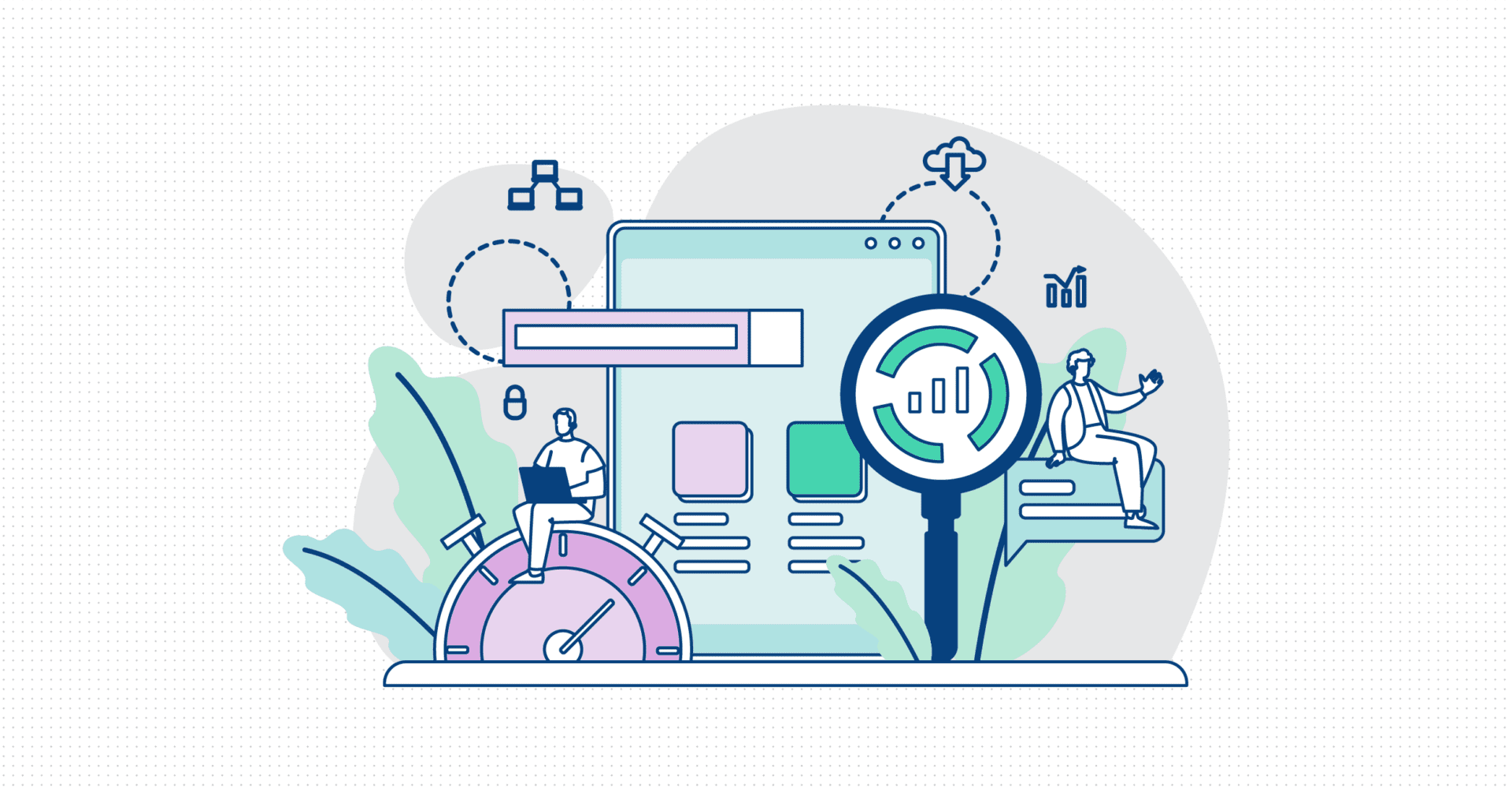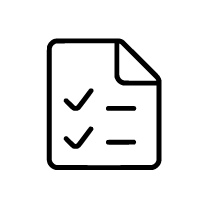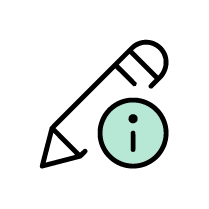
In today’s rapidly evolving education landscape, institutions face the constant challenge of staying technologically relevant while delivering pedagogically sound authentic assessments. Assessment innovation takes many forms, from the digitisation of paper-based assessments, to using the rich features of a digital assessment ecosystem and improving feedback to students.
This blog post explores how universities can navigate the procurement process to acquire a digital assessment ecosystem, strategically.
1. Assemble the Right Group of Stakeholders


Effective digital and online assessment change through using the right digital capabilities can be driven by assembling the right group of people to review your strategies and how you implement them. The stakeholders you need are the same group who consider your digital and online assessment strategies.
This is the opportunity for them to feed into how those strategies become reality.
2. Talk to Suppliers


At Inspera, we have extensive experience of consulting with institutions to help them understand what they can do when it comes to using a digital assessment ecosystem to deliver flexible assessments with integrity. At the outset, understanding what is possible and what will be possible in the future, will help you understand how this technology will best fit in your institution.
A digital assessment platform will allow you to deliver exams, coursework, tests, quizzes, take-home assignments and portfolios in one place using a variety of question types and delivery modes to suit the diagnostic, formative and summative needs of your educators and students. This can be integrated into your existing ecosystem using LTI and API, or operate standalone with SSO integration.
Assessment integrity can be safeguarded through remote proctoring and originality software. This can be integrated with our digital assessment platform or with your existing LMS.
As important as a supplier’s capabilities is the experience of working with educators, the initial and ongoing support, and professional services to enable you to get the most value of digital assessment technologies. Consider how a supplier communicates their development roadmap and involves customers in ongoing dialogue to understand the evolving needs of education.
3. Understand Your Procurement Options


Requests for proposals (RFP) processes are well known across the sector but they are not the only way to procure. Framework agreements exist to make procurement more efficient. Governments, Higher Education Sector Representative Bodies and others run an open procurement process to evaluate the services offered by suppliers. In turn, they create a list of pre-approved suppliers who meet their criteria so that individual institutions do not have to re-run the same RFP process. Instead, they can ‘call off’ services from those pre-approved suppliers and still be compliant with procurement rules. An example of a framework agreement is G-Cloud in the United Kingdom.
Institution and where applicable, public sector procurement rules in your country must also be adhered to. This in turn may affect the scope and timelines of your implementation plan.
4. Defining the Scope of What You Want To Do


Over the past couple of decades, institutions have built a learning and teaching ecosystem with an LMS and other interconnected tools to serve multiple purposes across a campus. While the LMS plays a crucial role in learning and teaching, a dedicated digital assessment platform provides you with greater scope in delivering a breadth of assessments in an authentic manner.
Inspera’s ecosystem consists of three components that can either be used individually or combined to provide flexible assessment with integrity. Unpicking where you want to start and your end goal is the first step to procuring effectively. Potential options include trials, piloting in different ways or full scale deployment in one go.
Understanding the scope allows all stakeholders to be aligned on the steps that follow and keep your procurement on track. It allows you to create an implementation plan with phases that meet your needs.
5. Needs Assessment


The wide range of innovation available with a digital assessment platform is exciting. It’s important however, to understand how you plan to roll out these new capabilities to your institution so that you can properly categorize what is a must-have, should-have, could-have, and won’t-have, or will-not-have-right-now (The MoSCoW method). Evaluating suppliers on needs that you require in the future at the same level as needs you have today, will skew your evaluation away from the timeline of your needs.
Important needs to assess are:
| Assessment | Originality / Plagiarism / Similarity Detection | Proctoring |
|---|---|---|
| What question types do I need? | What controls do I want over student submissions and who can see them within and outside of my institution? | What regulatory requirements do I have to follow when proctoring? |
| Which question types enable innovation? | How do I want educators and integrity checkers to visualize originality metrics? | Which types of proctoring do I need? Live, recorded or both? |
| What is my authoring workflow? | In which languages do I need to check originality? | Who will act as the proctor? In-house, outsourced or a mix of the two? |
| Which types of assessment do I need to deliver? eg: exams, coursework, tests, quizzes, take-home assignments and portfolios | In which languages do I need to check for translation similarity? | Will students be using their own device, institution devices or a mixture of the two? |
| Will students be using their own device, institution devices or a mixture of the two? | How do I guard against the misuse of generative AI in assessments? | |
| What is the delivery workflow for formative and summative assessments? eg the need for multiple attempts or delivering several components as a whole with different delivery requirements | ||
| What are my marking workflows? | ||
| How do I want students to access their feedback? | ||
| How do I want to see assessment data? |
Regardless of which product or products you need, building a long-term strategic relationship with a supplier is critical to the success of implementing an innovative ecosystem that opens new possibilities for your educators and students
Factors to consider include:
- Support mechanisms during onboarding and business as usual
- Future roadmap direction and themes
- How a supplier works with customers to improve assessment and develop their product to the ongoing needs of educators.
6. Engagement With Suppliers


By giving suppliers as much information on your needs and how you plan to implement, they can demonstrate in context what you want to achieve. A demonstration of your content in a platform brings it to life and engages stakeholders across your institution.
7. Procure


With a well-defined procurement strategy, you can safely procure the right products and services for your needs aligned with institutional goals, fostering innovation, and contributing to the overall advancement of education. Embracing these best practices positions institutions to thrive in an increasingly tech-driven academic environment.



